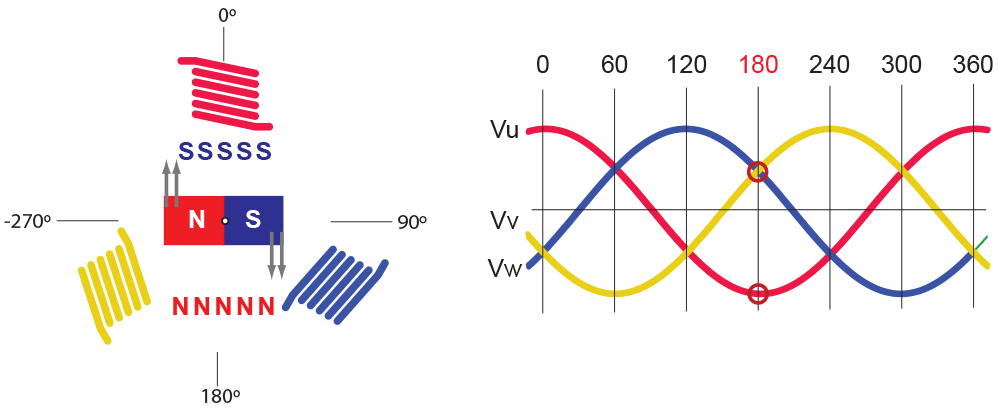(I feel it is necessary to mention that I am not an electrical or mechanical engineer; I just like to build fun things.) I've already got a good explanation of the concepts involved in a variable field magnetic motor, but how is it achieved? It surely can't just be a DC motor with a retractable stator, right?
Here's an example of what I'm trying to make: https://www.youtube.com/watch?v=olnXy-J48SY
It really does look like a simple DC motor, but every one of these I've seen has that brown padding at the top of each armature loop. Is it something vital to the contraption?
I've scoured the internet, but there isn't a whole lot that goes further into this than the concepts involved. I realize this may force you to dead-reckon, but I'm desperate for information by now.

